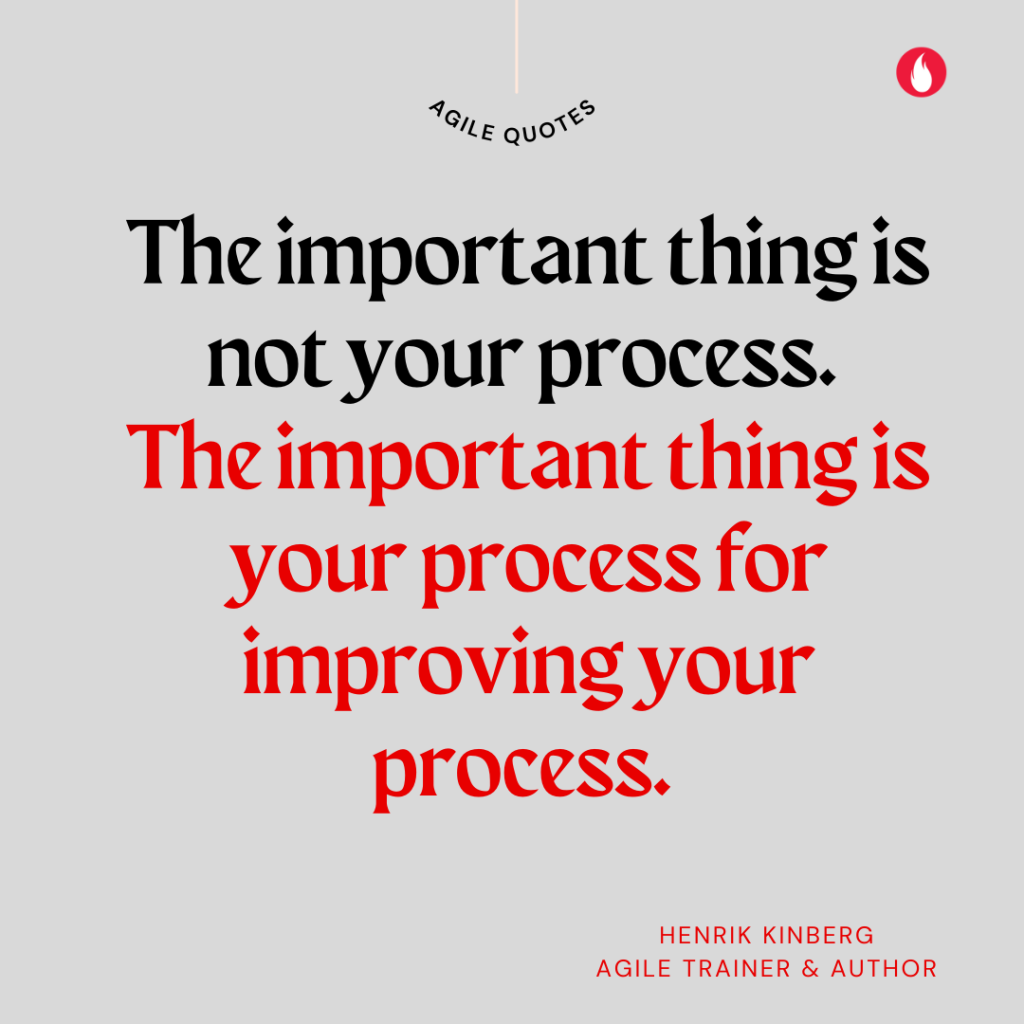Self-Organising teams in Agile organisations is a theme we focus at the Agile OWL, often. The post on self-organising teams in Microsoft drew some conversations. Internally it got us into more conversations and reflections on self-organising teams which we then extended to our clients too. Business leaders, HR pro’s even academicians weighed in. Everyone agreed that self-organising teams were a good solution to the complex nature of work today. Where they differed on however, was how far companies can go to create ‘fully’ self-organised teams. Policy formation, legal issues, compensation decisions are out of bounds for self-organising teams seemed the gist of it all. Companies had experimented, met success, but had not always managed to a create fully self-organised teams ecosystem. In this edition of Agile OWL, we feature human stories from a software firm 10Pines. They have demonstrated that more is possible in creating self-organising teams through Agile.
Self-Organising Teams in Agile Manifesto
Principle 11 of the Agile Manifesto has been interpreted in many ways . The principle states ‘The best architectures, requirements and designs emerge from self-organising teams’. The emphasis on the words is deliberate and we will discuss it. Companies have attempted to create Agile and self-organising teams in many ways. Some have allowed them to choose the work and projects like Microsoft and 3M did. SAAB created an alternative communication & structure for teams. BOSCH attempted a market place to create self-organising teams. Salesforce took the training route. The last crucial mile to completely self-organised teams seems to have eluded many.
Challenges to self-organised teams
We asked leaders about the challenges they faced in creating fully self-organised teams. Here are a few things they had to say:
- Employees are not mature enough to handle this responsibility.
- Self-organised till the extent of choosing what they will work on is the best possible.
- Compensation discussions are off limits.
- This model cannot scale.
- Policy, onboarding, etc need specialized teams to run it.
Each of these have merits and are true in many contexts. However, the complex nature of work today demands that every team be able to respond to the needs of clients. Companies no longer have the luxury to wait for instructions from headquarters. Self-organisation, by its very definition (creating spontaneous order from local interactions) can facilitate this approach.

The Agile story from 10 Pines
How do you enable employees to self-organise? You trust them to do it and guide them with principles that anchor them. This seems to be the 10 Pines way for self-organising. The gist of the principles that 10 Pines leaned into to build their organisation are listed below:
- People being most important
- Demanding high technical quality
- Establishing long term relationships.
Could these principles help 10Pines scale? For instance, how these principles help 10Pines to allow teams to decide compensation? and more?
The approach to Compensation at 10Pines
10Pines does not have a HR department. The firm does not have any management team to decide on compensation either. What they have is a process and a system which checks and reinforces expected behaviours. As you read through the human experiences at 10Pines, you will find parallels of these processes, in many others firms. The tipping point for 10Pines seems to be the imaginative creation of the end run, the linkages.
Here is how an employee experience’s compensation at 10Pines. An employee sets their medium- and long-term objectives. Instead of discussing the objectives with their manager, the employees reach out to mentors. Each employee will have at least 2-3 mentors. At any point during the year, if the employee feels they have achieved their objectives, they send in their assessment for a rate increase. A hike in other words. Each of their mentors weigh in on the employee’s assessment and provide their inputs to the employee. Next it goes through a process of peer-review. A group of employees tasked to review the assessments, meet each individual. This group’s compositions alters in every meeting, thereby preventing any concentration of power. This fluid group of 10Pines submit recommendations and unless all objections are resolved a rate increase/hike is not processed.
Does it work? Really?
The secret sauce to 10Pines ability, to allow their agile teams to decide compensation is not ‘only’ due to the above process. The scaffolding that 10Pines has created around this process, contributes significantly too. Here is what the scaffolding looks like:
1. All employees get a common inflationary rate increase every year. This takes the pressure off the above rate increase being overly contested and allowing it to be governed by merit.
2. 10Pines shares an X% of the company’s profits equally amongst its team members every year. These further fosters responsibility and belongingness. Employees remain committed to prudence and growth knowing that there is a reward associated with it too.
10Pines has demonstrated that agile self-organising teams can be enabled by imaginative creation of processes, tools and principles or mindsets. They have scaled this way of working from 4 to 80 employees and have clients like Starbucks, Burger King to show. Compensation is but one process, their onboarding, legal issues, weekly retrospective, monthly all hands meet are all built with the same principles. Imagination seems to be the key and iteration seems to be the path that works!
Apart from one story which captures the human centric change in the world of Agile, the Agile OWL brings to you every fortnight, the latest reads, books, trivia, and quote from the world of Agile and its methodologies. Stuff that caught our attention. This is edition 19 and we carry seven useful links for you. Tell us what you thought of them.

From social media:
This edition we carry two reads which carry slightly diverging views about Agile and its various methodologies. Sharing this without comment as perspectives to consider. Would love to hear what you have to say at @flyntrok on our social platforms.
1. Not everyone can be Agile says this blogpost from INSEAD
2. How ‘Shape-Up’ methodology from basecamp helped a firm cut development time by 75%, as compared to SCRUM methodology. The post details their experience and worth a read.
From the bookshelf:
In line with creatively reimagining constraints, this edition our book recommendation is ‘Problem? What problem? Dealing effectively with impediments using Agile Thinking by Ben Linders.
From the tool box:
A shout out to Jordan Lamborn from Expedia for curating this list of prioritisation frameworks! It has 93 methods curated from all kinds of sources with reference links!
From the trivia & fact box:
Staying with 10Pines for the trivia section too. Here are three questions for you:
- What are employees in 10Pines called? Roots.
- What are employees who want to take a greater role in running 10Pines called? Aspiring roots!
- Roots who take legal responsibility for 10Pines are called? Partners.
#AgileQuotes to sign off

Note : This post is Edition 19 of the Agile OWL from the OWL umbrella. The Agile OWL is a newsletter focused on the human experiences and stories within agile transformations. Sign up to receive the newsletter here




April 28, 2022, 8:00 pm